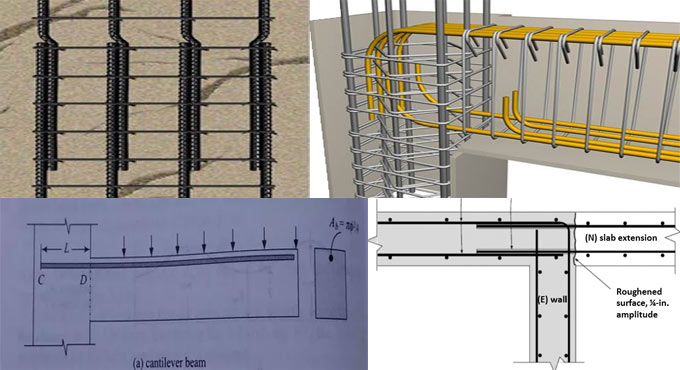
Basic differences between Development length and Lap Length

Development length is treated as specific minimum length of the bar that is needed on either side of a point of maximum steel stress, so as to transmit the bar force to encompassing concrete through bond devoid of slip, so that the bar is not pulled out under tension. Hooks, bends, mechanical anchorages are applied to supplement.
Lap length: When the steel is arranged in RC structure, if the necessary length of a bar is not suitably obtainable to produce a design length, then lapping is highly recommended.
Lap length stands for the least length that should have been arranged if two bars are attached together in order that forces are transmitted securely.
As for instance, while going to construct a tall column with height 100 feet. But, it is not possible to find a 100 ft long bar practically for caging. So, it is useful to slice the bars in each second story. Now, the tension forces are transmitted from one bar to the other at the location of discontinuity of bar.
Therefore, it is required to arrange the second bar nearer to the first bar that is suspended and overlapping should be provided. The amount of overlapping among two bars is defined as lap length.
LAP LENGTH IN TENSION.
1. For flexural tension ? Ld or 30d either is larger.
2. For direct tension ? 2Ld or 30d either is larger.
The straight length of lapping should not remain under 15d or 20 cm.
LAP LENGTH IN COMPRESSION: The lap length in compression should be similar to the development length in compression already worked out but not under 24d.
FOR DIFFERENT DIAMETER BARS: In case of bars with various diameter should have been cut off, the lap length is computed based on shorter diameter bar.
Article Source: quora.com


